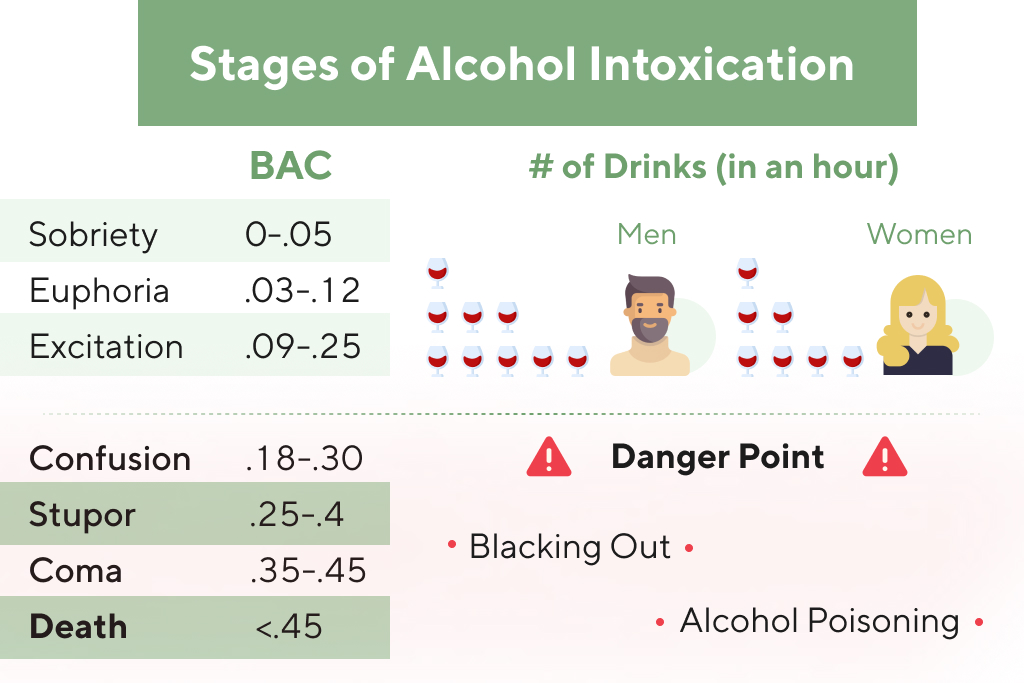Rehabbing A House From Start To Finish: A 5-Minute Guide
An FHA 203(k) loan is a government-backed mortgage program that allows borrowers to finance the purchase of a home and the cost of necessary renovations or repairs into a single mortgage. In this article, we explore rehab loans, how they work, the process of applying, and their advantages and disadvantages to help you decide whether this financing option is right for you. Using rehab cost estimating software is also good for investors who want to run multiple scenarios for potential property investment. Looking at how different materials or timelines can affect a project’s budget can go a long way toward determining the scope of work that will be required. There are several different types of software that can be used to estimate project costs. Many real estate investors rely on these programs, especially in markets where materials and labor costs can change frequently.

The Pros & Cons of Getting a Rehab Mortgage
Depending on your needs, you can live in a halfway house for a few weeks or months. A halfway house is a living facility where people go as a part http://israeli-medicine.ru/page/kardiologi-razvejali-mif-o-polze-krasnogo-vina-dlja-zdorovja-serdca of their drug rehab aftercare. “A trustworthy bank or local mortgage lender may be able to provide you with this rehab loan,” Solomon said.
Learning How to Budget

Renovation loans are also based on the appraised, expected, post-improvement property value. At this point, you’ll be ready to start the rehab process with the help of a contractor. Finding the right contractor is key to the overall success of the renovation, and are best found through referrals, local real estate investment associations, or building departments. Make sure to take the time to do your due diligence on the contractor’s previous work before giving them full reign. When buying property for rehabilitation, it is important to do your house clean-up and repairs in a particular order.
How Much Does Residential Rehab Cost?
Again, you’ll have the option to use your own funds or roll this amount into the loan. If you’re approved for an FHA 203(k) Loan, you can borrow up to 96.5 percent of the property’s after-renovation value – this amount is limited to the FHA loan limit in your area of residence. It’s capped at $420,680 in most counties, although high-cost areas have loan limits as high as $970,800.
Make sure you are honest with yourself whether you are purchasing a rehab or fixer-upper. Sure, it is tempting that you can do it all, but in general, it is best to have professional skills if any work goes beyond rushing down to IKEA for a new kitchen. I should note that the term restoration can be nuanced among professionals. (Remember I noted above that professionals commonly don’t see eye to eye on these terms?). Restoration is “picking a period of significance in the house’s history and restoring back to that time period”. Nothing new also comes into the house – no new kitchen appliances, no updates to the bathrooms.
Average Cost to Rehab a House
Good ways to find a contractor include asking for personal recommendations from an investor friendly real estate agent, or driving around neighborhoods looking for people working on current rehab projects. For example, Streamline 203(k) borrowers may be able to finance up to $35,000 in repairs without having to obtain detailed repair costs or deal with additional paperwork. With the help of a rehab loan, borrowers can http://alpklubspb.ru/persona/pogrebeckyin.htm purchase and/or refinance a home and make necessary repairs without having to pay for upfront closing costs or other out-of-pocket expenses. FHA 203(k) Rehab Loans can be an excellent option for borrowers who need funds to purchase and/or renovate a home while taking advantage of low down payment options offered by the FHA. These loans can help borrowers save money by avoiding the need for costly repairs after closing.

They provide additional support and puts them in a sober living environment. They are generally open to people who have completed an inpatient or outpatient addiction treatment program. Residential rehab programs offer a structured, supportive environment to focus solely on recovery.
- Formerly known as the Streamline 203k, the Limited 203k loan allows you to do most cosmetic upgrades and repair work, such as kitchen and bathroom renovations.
- In the real estate industry, terms like rehab, repair, and renovation costs are frequently used interchangeably.
- You’ll want to go through each repair, get some quotations as to what it will cost, and add them here for reference.
- This helps an investor to build a prospect list so that the property is not sitting vacant for too long once the rehab work is done and the home is ready to rent or sell.
- In addition, it allows borrowers to finance up to 110% of their home’s current market value or projected value after rehabilitation, whichever is less.
- For homes in good shape that only require cosmetic repairs, such as painting, minor drywall fixes, and updating fixtures, the cost can be about $10 per square foot.
- In general, a fixer-upper is ideal for a first-time buyer or someone who can do a lot of the work themselves.
Various factors must be considered when estimating rehab costs, such as the scope of the renovations, the quality of materials, the cost of labor, and any unexpected repairs that may arise during the project. Knowing how to estimate rehab costs involves thoroughly assessing the property’s current condition, detailed planning, and obtaining multiple quotes from contractors. For the aspiring homebuyer presented with two different loan options, the differences between conventional rehab loans and FHA 203(k) loans can be confusing. Conventional rehab loans are typically used when more extensive renovation projects will be done on the property and require more funds than what you would use for a typical remodel. The funds are also released on a draw-schedule basis as specific rehabilitation milestones are met. These loans combine the convenience of a traditional mortgage with the flexibility of financing consequential renovations and home improvements.
- A rehab loan is a home improvement loan used to buy a house that needs some fixing.
- This contingency fund is a “just in case” fund to cover unexpected expenses or project costs exceeded by your contractor (cost overruns), and if it isn’t used, it’s credited back to you.
- Both residential inpatient rehab and outpatient care provide effective addiction treatment.
- So if old house enthusiasts aren’t restoring their homes, what are they doing?
- In the past, I had contractors who didn’t do the plumbing right away and it only led to disaster.
- For example, while a property inspection can tell you that a roof will need to be replaced in the next three years, it cannot tell you that it’s an odd color that will repel potential buyers.
Outpatient treatment programs, on the other hand, offer greater flexibility. Following this intensive phase, you often transition to outpatient programs or self-help groups, such as Alcoholics Anonymous (AA). Predominantly utilizing a modified 12-step approach, these programs initially address http://cxema.ru/forum/topic_308/ only alcohol addiction but have since broadened to cover other substance addictions. Insurance coverage for rehab differs, and not all health insurance plans fully cover residential or inpatient treatment. First, let’s draw a line to differentiate a quick fixer upper and a total rehab.

No Comment